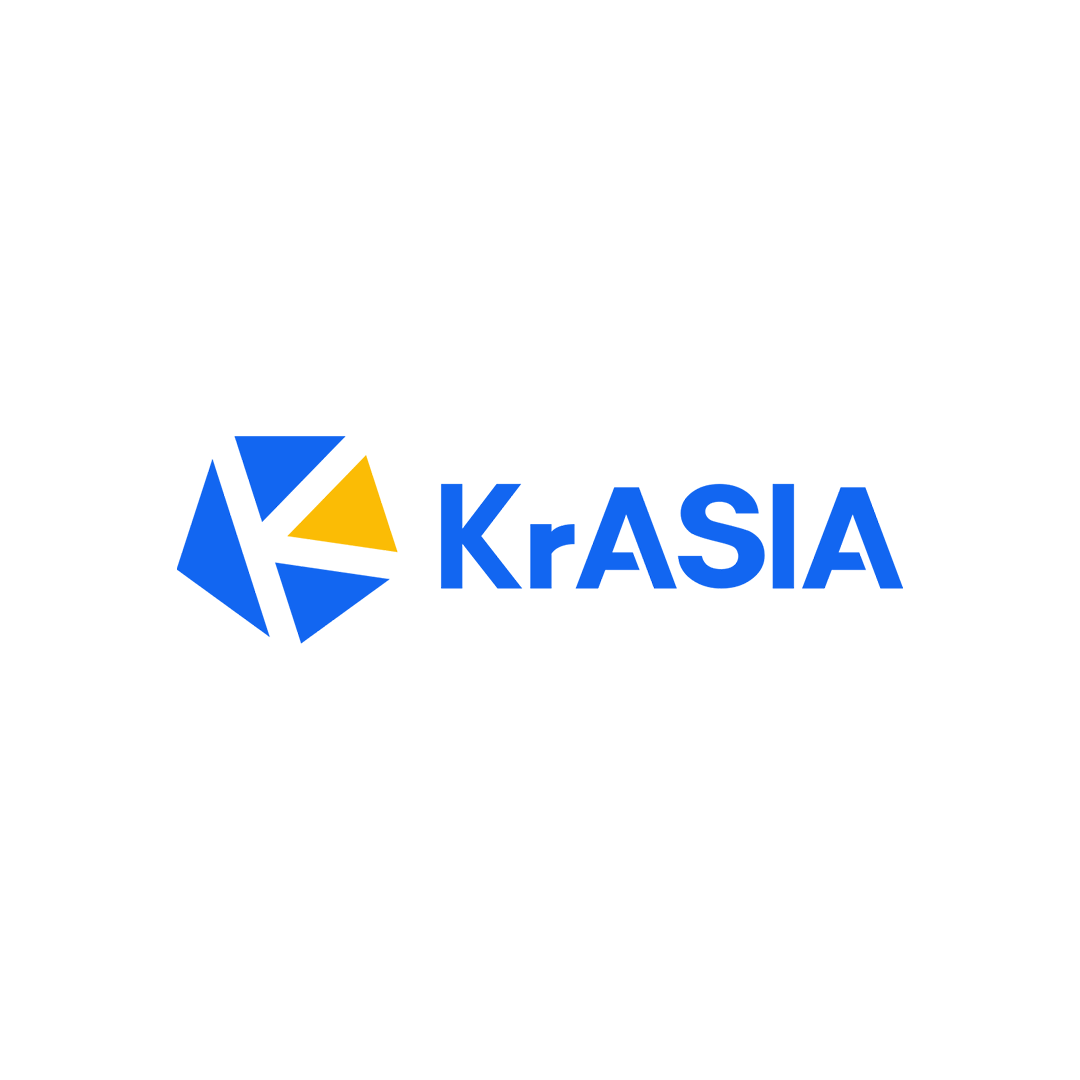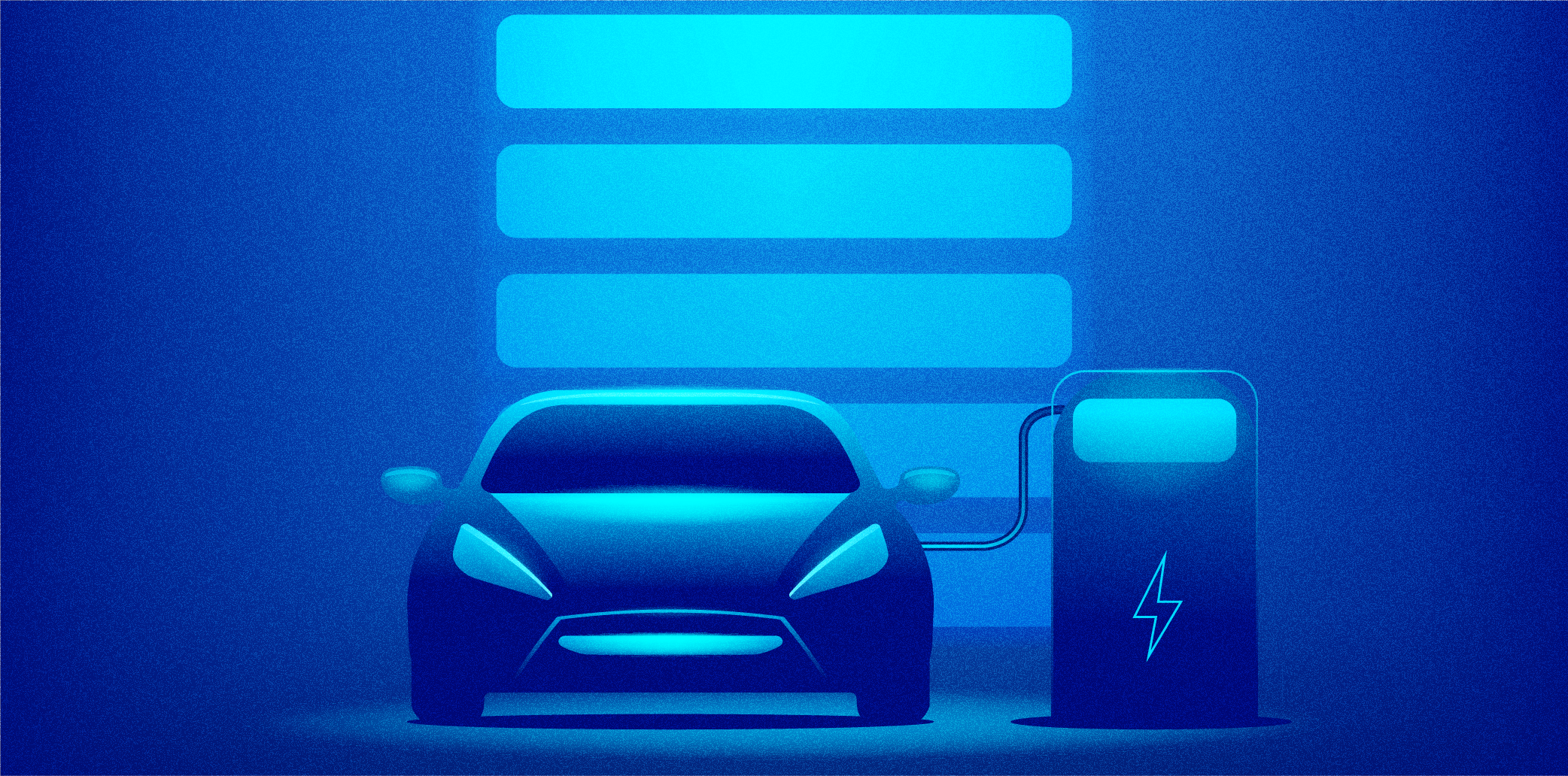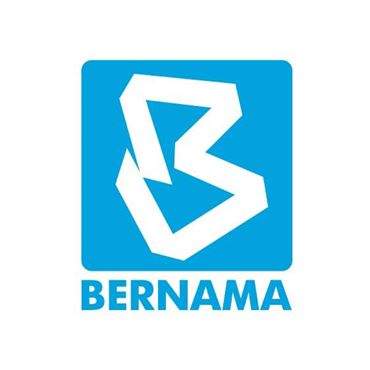China’s carmakers are chasing the world, and catching up fast
11 hours ago
In the first six months of 2025, a new chapter in China’s automotive sector is unfolding on the global stage.
Chery and Seres have filed for listings on the Hong Kong Stock Exchange (HKEX). BYD has risen to become China’s second largest automobile exporter, while delivering the first vehicle from its Brazil factory. Great Wall Motor (GWM) sold nearly 100,000 pickup trucks overseas. Xpeng began shipping its first batch of right-hand-drive vehicles to Thailand. And Leapmotor, through a new joint venture with Stellantis, has penetrated the European market.
According to the China Association of Automobile Manufacturers (CAAM), China exported 3.083 million vehicles in the first half of 2025, a 10.4% year-on-year (YoY) increase. As legacy, multinational automakers scale back to focus on their core markets, Chinese companies are accelerating to fill the gap.
Chinese automakers are shifting from merely shipping products abroad to exporting capital and setting up manufacturing bases overseas. 36Kr reviewed midyear reports, IPO filings, and disclosures across various firms to examine the common strategies and distinct playbooks that defined the first half of the year.
The shift seems evident: automakers are no longer focused solely on sales volumes. Instead, they are raising capital in Hong Kong, building overseas factories, and establishing joint ventures to embed themselves in global capital and supply chain ecosystems.
Their goals may align, but their strategies vary. BYD is expanding aggressively in Europe and Latin America. GWM is focusing on pickup trucks. Geely is consolidating its brand portfolio to streamline global operations. Newer players like Xpeng, Leapmotor, and Seres are leveraging partnerships and capital to enter international markets more flexibly.
Chery: Holding the lead, heading for Hong KongChery was China’s top vehicle exporter in the first half of 2025, shipping 548,000 units, according to CAAM. It contributed to around 17.8% of total exports.
The company, which began exporting in 2002 with just ten vehicles to Syria, has held the top spot among Chinese passenger vehicle exporters for 22 consecutive years, according to Frost & Sullivan. As of September 2024, Chery had exported over five million vehicles to more than 100 countries and regions.
In February, Chery filed its IPO prospectus with HKEX. The filing showed that overseas sales of passenger vehicles generated RMB 29.1 billion (USD 4.1 billion) in 2022, accounting for 35.3% of total revenue. By 2024, the figure approached 50%.
Chery’s globalization strategy is pragmatic and incremental. In emerging markets, it promotes its own brands with localized designs. In mature markets, it partners with local original equipment manufacturers (OEMs) via joint ventures.
As of September 2024, Chery had established 1,075 dealerships and 2,541 retail outlets outside China, spanning Asia, Europe, Africa, Oceania, and the Americas. It ranked first among Chinese car brands in several regions, including Europe, South America, the Middle East, and North Africa. The Tiggo 7 was the most exported Chinese-made passenger model during that period.
Localized production is a cornerstone of Chery’s strategy. Over the past decade, it has built several knockdown assembly plants abroad. In February, it announced plans for a new facility in Selangor, Malaysia, with an initial annual capacity of 100,000 vehicles, according to BitAuto.
If the IPO proceeds as planned, Chery will use the funds to:
BYD: Now the second largest automobile exporterBYD more than doubled its exports to 470,000 units in the first half of 2025, a 130% YoY increase, per CAAM.
Europe has emerged as BYD’s most active market. In April, it surpassed Tesla in battery electric vehicle (BEV) sales in Europe, registering 7,231 units, according to Jato Dynamics. The European Automobile Manufacturers’ Association reported BYD sales exceeding 10,000 units across five core markets: the UK, Germany, France, Italy, and Spain. In Spain, BYD’s monthly sales tripled those of Tesla.
Beyond sales, BYD established its European headquarters in Budapest in May and announced plans for a local R&D center to support product development, testing, and after-sales services.
In LATAM, the company is also making gains. In Brazil, it sold over 20,000 vehicles in the first quarter of 2025, leading the new energy vehicle (NEV) segment. By May, it ranked fourth overall among automotive brands with a 9.7% market share.
BYD’s expanding product range includes the new Shark pickup, which sold more than 26,000 units internationally in the first half of 2025.
To support this growth, BYD is building a global production network. On July 1, it rolled out its first vehicle from the Camacari plant in Bahia, Brazil. It is BYD’s third overseas plant after Thailand and Uzbekistan.
Great Wall Motor: 30,000 pickup trucks sold abroadGWM continues its cautious but steady globalization. In the first half of 2025, it reported RMB 92.4 billion (USD 12.9 billion) in revenue and RMB 6.3 billion (USD 882 million) in net income. Overseas sales reached 198,000 units, including 30,083 pickups, a 24.3% YoY increase.
A pioneer in China’s pickup truck exports, GWM launched the Great Wall Deer in 1996 and began exporting to the Middle East two years later. It now operates in over 60 countries.
New models are driving growth. The 2.4-liter GWM Poer (also known as the Great Wall Pao) debuted in Chile, South Africa, Australia, and Peru. Its hybrid counterpart, the Shanhai Poer Hi4-T, has reportedly seen positive reception in Australia. Meanwhile, the company’s premium brand Wey began exporting models such as the Gaoshan and Lanshan.
Geely: Leading with electrificationGeely exported 184,000 vehicles in the first half of 2025, with NEVs playing a central role in its strategy.
In Europe, the company launched the EX5, an electric SUV aimed at fleet buyers. The model will be delivered to customers in the UK starting Q4 this year. After launching in Australia in March, the EX5 entered the top ten in EV sales rankings within 20 days and surpassed 1,000 units by June. Geely has opened 26 showrooms and signed 30 dealerships, with plans to expand to 100 locations over three years.
Geely ranked as the top Chinese brand in Panama, Paraguay, and Croatia in H1 2025, and placed among the top three in Saudi Arabia, the UAE, Kuwait, the Philippines, and Qatar.
In the premium segment, its Zeekr brand operates in over 40 markets with a network of nearly 600 stores. Zeekr’s 009 led MPV segment sales in Hong Kong and Thailand. Zeekr Power has also partnered with Hong Kong-based charging provider E-Charge to integrate more than 170 stations and 2,300 terminals.
Geely has added local production capabilities with factories in Egypt and Indonesia now operational.
Xpeng: Southeast Asia in one hand, Europe in the otherXpeng recorded overseas sales of about 19,000 vehicles in the first half of 2025 and now operates in 46 countries.
The company shipped 300 right-hand-drive X9 vehicles to Thailand in February and began local production in Indonesia in July. It aims to cover 70% of core urban areas and 85% of high-density zones across the country by year’s end.
Xpeng entered Poland, Switzerland, the Czech Republic, and Slovakia through distributor agreements with Inchcape and the Hedin Group. The company plans to be in 60 countries and operate more than 300 service outlets by the end of 2025. By 2027, it aims to be among the world’s top three NEV exporters and expects half its sales to come from overseas by 2033.
Leapmotor: Riding Stellantis’ shoulders into EuropeLeapmotor exported about 20,000 vehicles in H1 2025, aided by its joint venture with Stellantis.
Germany is a key market. In June, Leapmotor gained over 1% of the local EV market and registered more than 1,000 vehicles between May and June, becoming one of the top three Chinese brands by sales. It now operates over 100 outlets in Germany.
In April, Stellantis and Leapmotor announced plans for local production in Malaysia, with a EUR 5 million (USD 5.8 million) investment to assemble right-hand-drive C10 units at Stellantis’ Gurun plant.
Leapmotor markets the range-extended C10 and compact T03 in Europe, as well as a right-hand-drive C10 for Southeast Asia. The company operates in 23 markets with over 550 international outlets and aims to reach 700 by 2026.
Seres: On the cusp of a Hong Kong debutSeres filed its IPO prospectus on April 28. The company has transitioned from a component maker to a smart EV brand, and now exports to Europe, the Middle East, the Americas, and Africa.
In Europe, Seres is present in Norway, Germany, the UK, and Switzerland. Overseas revenue increased from RMB 3.92 billion (USD 548.8 million) in 2022 to RMB 4.98 billion (USD 697.2 million) in 2023, before falling slightly to RMB 4.21 billion (USD 589.4 million) in 2024.
In the ASEAN region, Seres has emphasized localization. Its Banten plant in Indonesia handles full-scale production. In the Middle East, it is expanding quickly from the UAE to Saudi Arabia and Qatar. In April 2024, it entered Africa via a partnership with Egypt’s Kasrawy Group.
The IPO funds will support localization of high-end products customized to regional standards and preferences, as well as expansion of its global sales and delivery networks through owned outlets, joint ventures, and acquisitions.
...Read the fullstory
It's better on the More. News app
✅ It’s fast
✅ It’s easy to use
✅ It’s free









